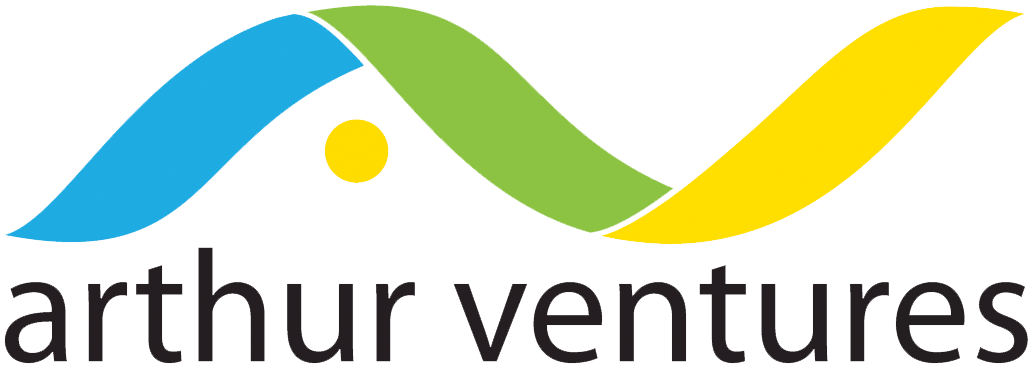Introduction to Product-Led Growth
If you are in software you already know the days of vendors pitching monolithic enterprise solutions to corporate executives are quickly giving way to a growth model that centers on the end-user discovering software solutions on their own.
This is product-led growth, a grassroots distribution model that scales from the bottom up, instead of from the top down. It democratizes sales and puts the products at the head of the charge.
Will it do away with salespeople? Not at all, but the role of sales does evolve.
What does product lead mean?
Product-led growth, in the most classic sense, is a very specific approach to go-to-market that relies on a self-service customer acquisition channel—where people can try, buy, expand and renew without ever talking to a person from the company.
In the standard sales model, corporate executives make decisions about software purchases and then roll the products out companywide. Generally, they’re trying to increase efficiency, generate a higher ROI, or boost some other relevant key performance indicator with the purchase. Growth for software companies is driven by a large salesforce.
In a product-led growth (PLG) model, it’s the products themselves that drive widescale adoption. Growth is driven by end-users, looking to solve some workplace need. They discover software solutions organically, often through word of mouth. Instead of being dictated a solution from management, employees work out their own solutions and then spread them around the company.
In many ways, distribution is viral. Adoption might start with two people, or a small group trying out a piece of software. If it works for them, they share it with others in their group. Then that group shares it with other groups in the company. If it effectively solves a persistent problem, eventually the software may spread companywide, at which point management may (or may not) step in with a purchase to make the relationship official.
“Successful freemium businesses are naturally viral and collaborative. Using the product naturally draws other people into it. You can’t block this kind of growth, so allowing people to use it for free drives adoption and broad appeal. Getting folks to even pay a single dollar or bring out a credit card is a big area of friction.”
Fareed Mosavat, Slack, Director of Product, Lifecycle
What’s required for product-led growth to be successful?
Success can’t be distilled down to a simple formula, and it can be different for every company, but there are two general principles that should be followed in order to maximize the chances for a good outcome.
Solve end-user problems
End users are self-motivated. They’re looking for solutions to bothersome problems in their daily work lives. If someone is annoyed by the slow scheduling process employed by their company they might download Calendly and give it a try. If someone is bothered by clunky internal emails they might introduce their team to Slack.
The important thing to note is that they’re solving local problems. To be successful with PLG, start locally.
Lower the Barriers to Entry
In order for software to sell itself, it needs to be easy to get and easy to use. Any pain points in the process will likely torpedo the effort.
As a result, PLG software is often a freemium product, offered with either a free trial period or with reduced functionality. Getting set up shouldn’t require much effort, and the software-guided onboarding process should make it clear how the software solves customer problems.
Ideally, users should be up and running with at least basic functionality very quickly. They need to understand exactly what value they’ll get from the software before they’re ever asked to pay for it.
Who has been successful with product-led growth?
PLG works well for companies in the SaaS space. This model is decentralized by design, with most interactions occurring on the individual level. PLG’s emphasis on making access as simple as possible dovetails nicely into this market.
Companies like Slack, Trello, Calendly, Survey Monkey, MailChimp, Expensify, Twillio, Hubspot, and Github have all parlayed PLG strategies into successful product launches. There are dozens of other examples as well.
Given such a wide acceptance of the methodology, product-led growth is a trend, but it’s not trendy. Quite the opposite. It’s the direction software distribution & adoption is heading in.
